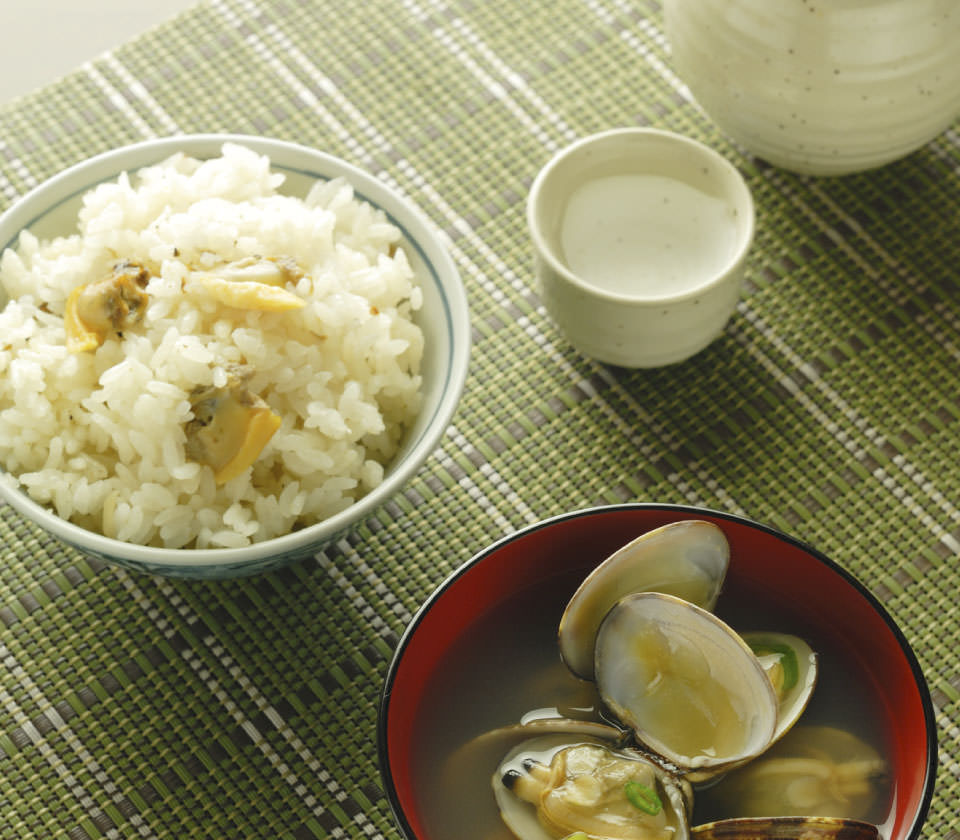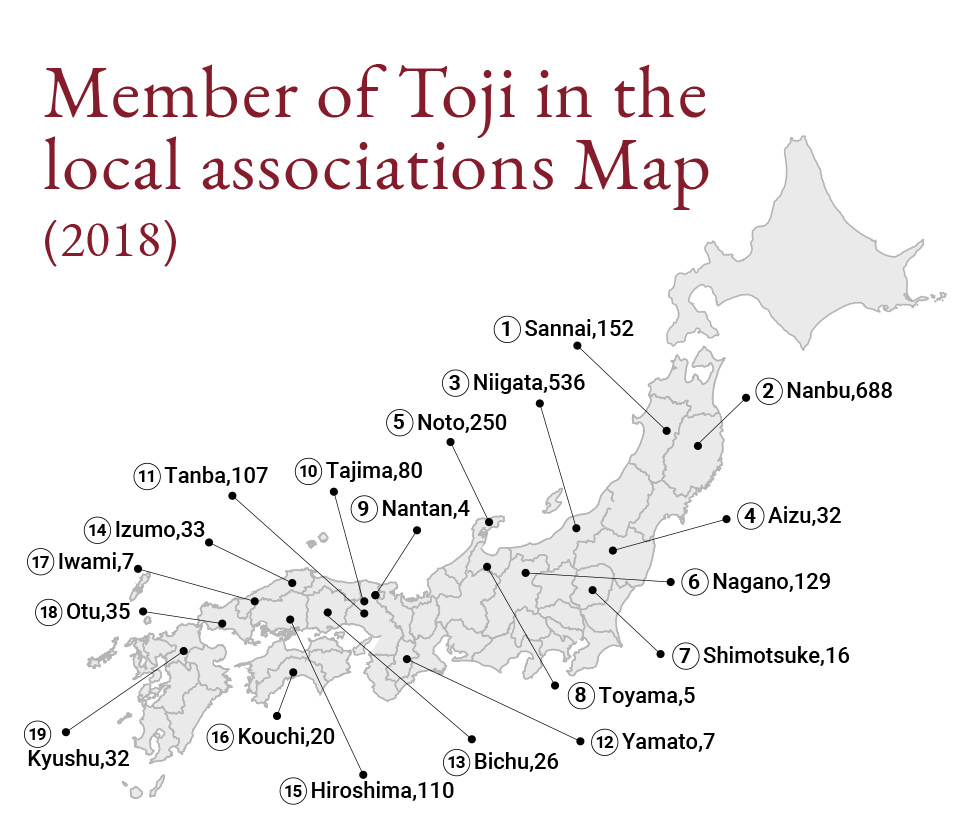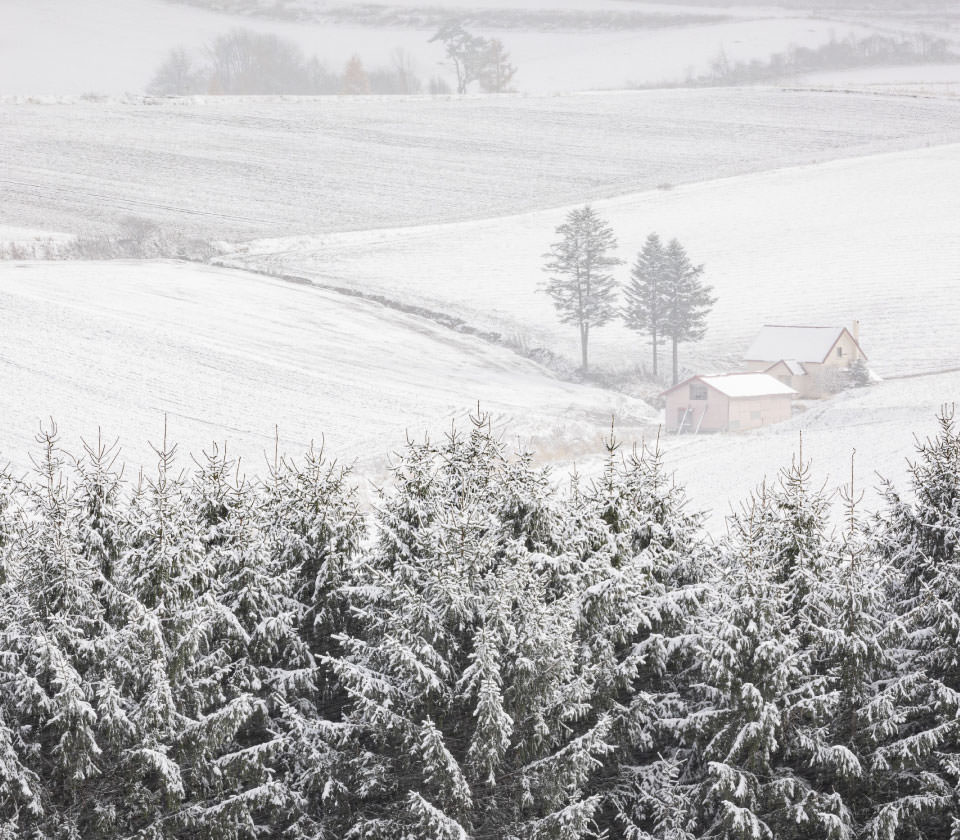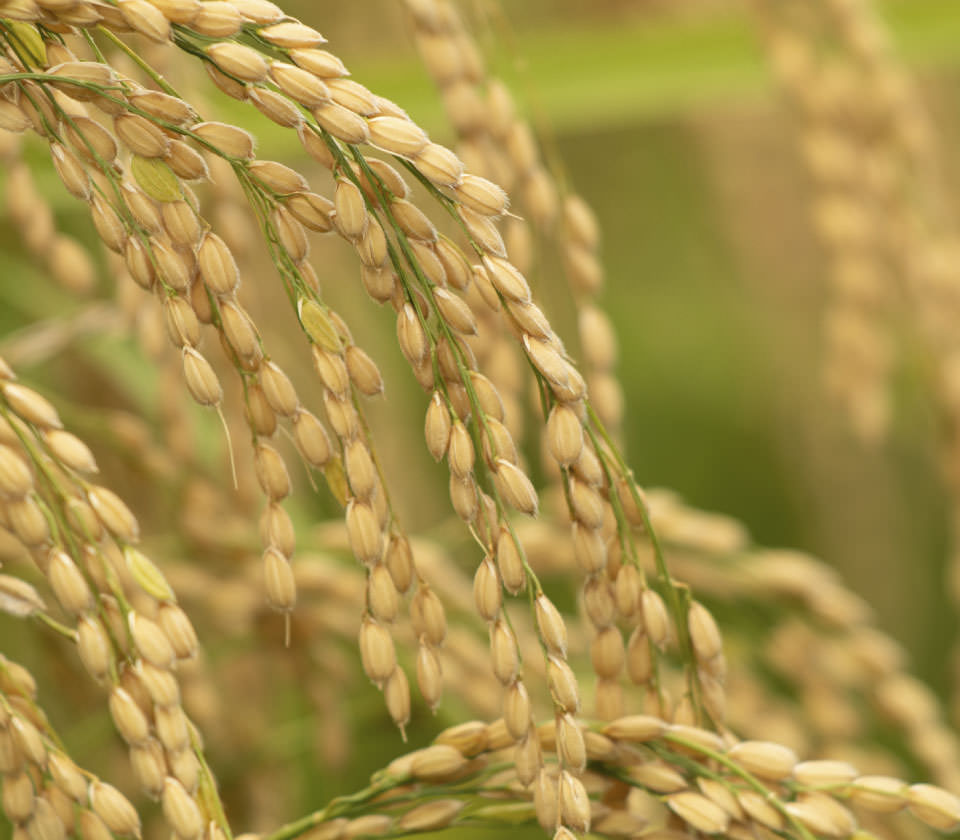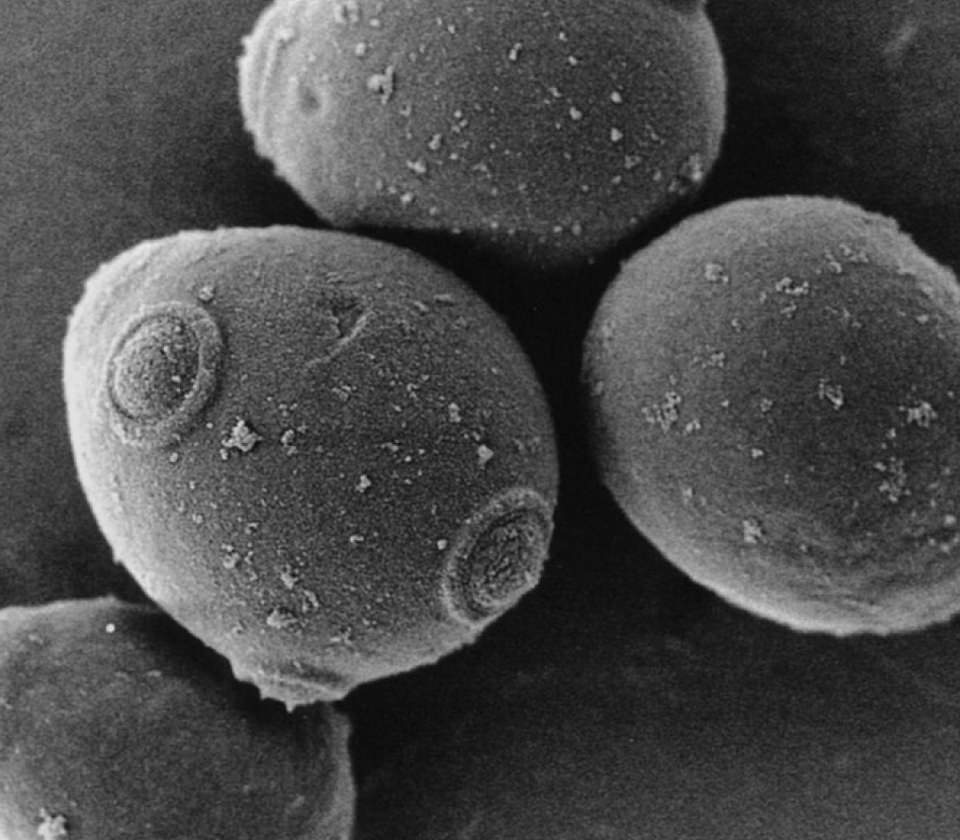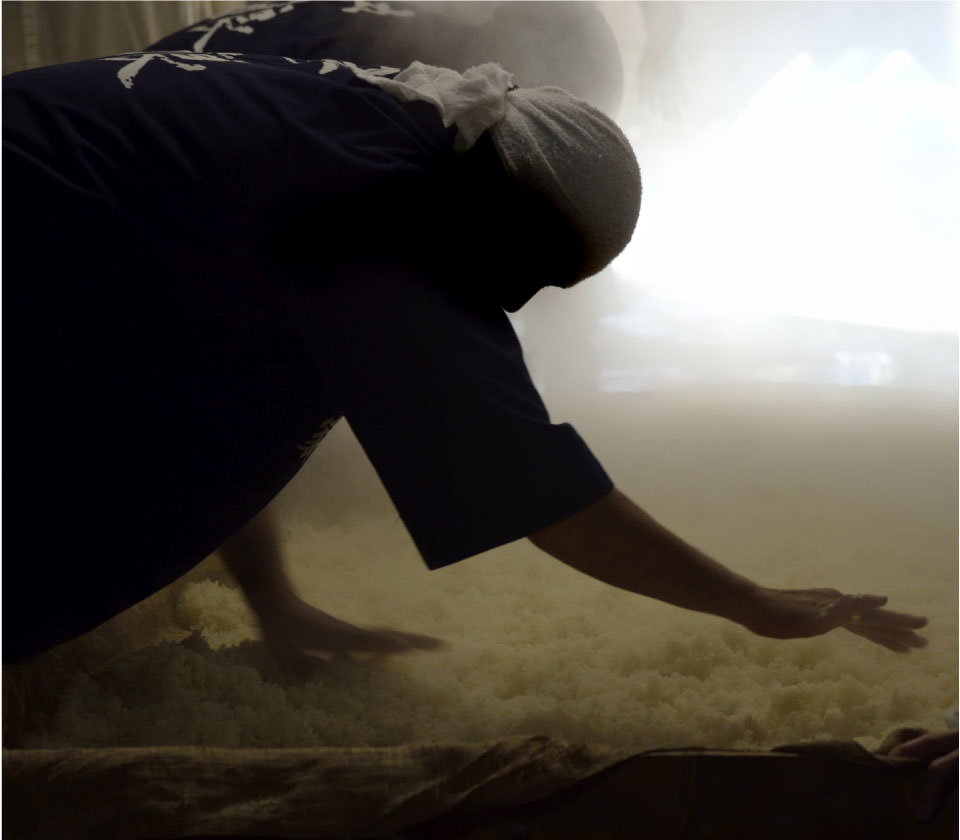Water
The amount of water needed for sake production is ten times more than the amount of rice. Therefore, a large source of clean water is one of the defining factors when establishing a brewery. Japanese people see the presence of a sake brewery as an indicator of good water source nearby.
The water used in sake brewing in most areas of Japan is naturally soft and contains only a small amount of minerals and metals. Some minerals can help with the fermentation, but an abundance of them could hinder the process and result in unwanted flavors. Similarly, the abundance of metal, especially iron, could produce unwanted flavors and coloring. Therefore, the soft nature of Japanese water is ideal for making light and smooth sake. Conversely, water with slightly more minerals tends to produce sake that is fuller in flavor.
The water in Nada (Hyogo prefecture) is the most renowned water used in sake brewing. The water is called "Miyamizu" ("mizu" means "water"), named after 'Nishinomiya' where it is sourced. It has an ideal blend of minerals, such as calcium, potassium, and a very small amount of iron.


